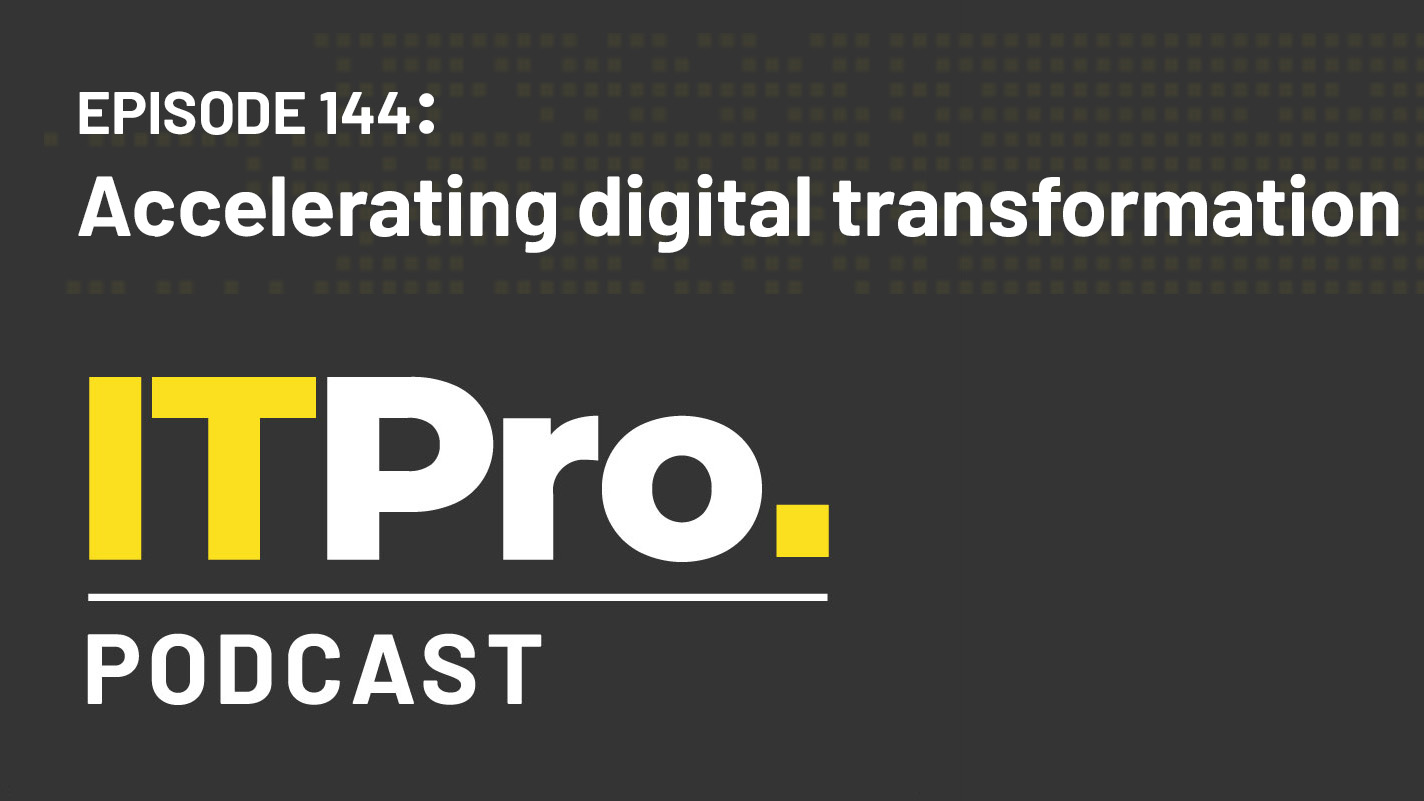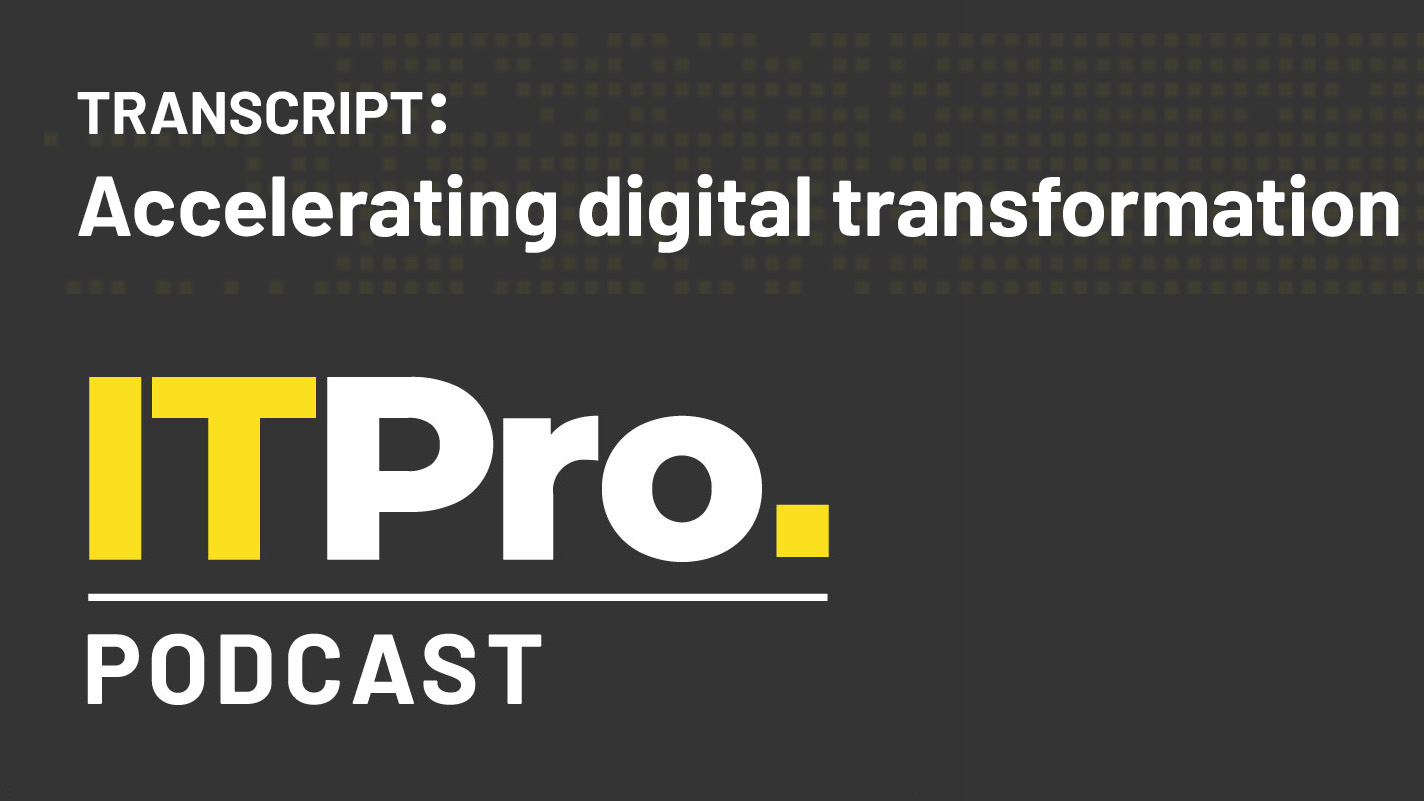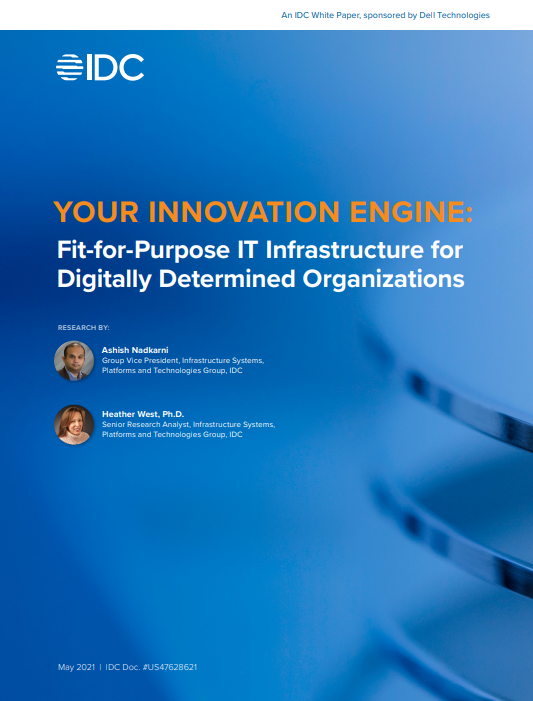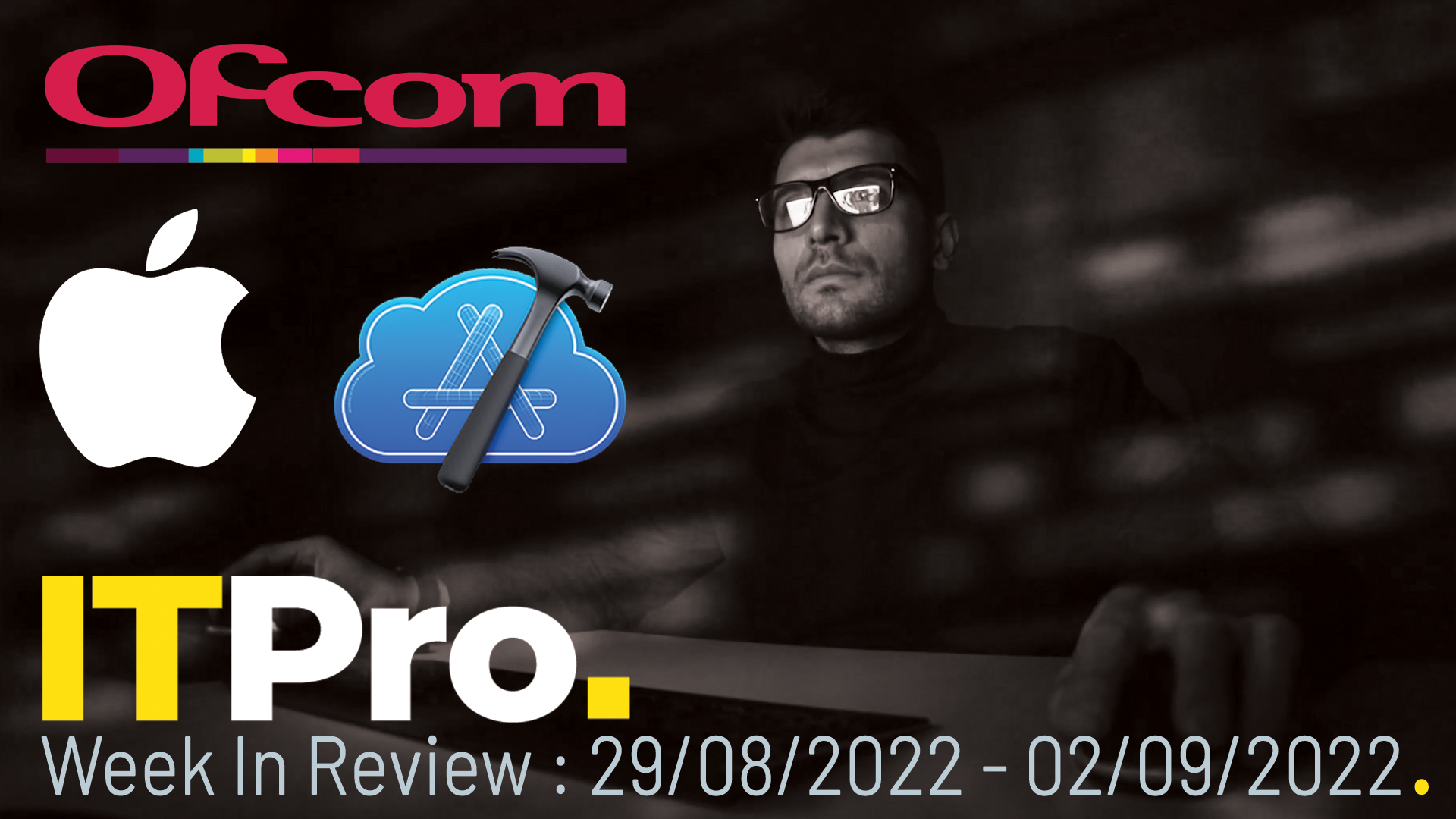What is change management?
Practical steps to manage change at an organisational level

To paraphrase a famous quote, three things in life are certain: death, taxes and organisational upheaval. Change is a constant factor in any business, whether it's driven by shifts in technology, digital transformation or changing market pressures.
However, changing your business can be a difficult and daunting task, and if you don't take steps to ensure it's handled well, a poorly-managed change can end up sinking a company. That's why having a solid change management strategy is so essential.
Change management, at its simplest, is the concept of having a pre-defined plan for how your organisation is going to move from one state to another, and appointing a dedicated team to coordinate the process. This ensures that you can complete the process with minimal disruption to your day-to-day business whilst keeping sight of the goals you want the change to accomplish.
The different models of change management
There a number of different schools of thought as to how best to approach a change management programme. There's no 'best' or 'right' way to conduct change management; it will vary from business to business, based on their specific needs, culture and organisation.
With that having been said, there are some approaches that are generally regarded as successful models for change management, devised by some of the world's top business academics: Kotter, Carnall and Lewin.
Kotter model
Professor John Paul Kotter of Harvard Business School devised an eight-step process for leading change. They are: creating a sense of urgency, building a guiding coalition, forming a strategic vision and initiatives, enlisting a volunteer army, enabling action by removing barriers, generating short-term wins, sustained acceleration, and instituting change.
Carnall model
Colin Carnall, associate dean and executive of programmes and professor of strategic management at Warwick Business School, proposes a model that centres on the role of the manager during the process of change.
Get the ITPro daily newsletter
Sign up today and you will receive a free copy of our Future Focus 2025 report - the leading guidance on AI, cybersecurity and other IT challenges as per 700+ senior executives
In his book, Managing Change in Organizations, Carnall says that managers skilled in managing transitions will create an environment of creative risk-taking and help people learn as they implement change. In turn, this achieves change in the organisation.
Lewin model
Kurt Lewin, recognised as the founder of social psychology, developed a change model involving three steps: unfreezing, changing and refreezing. Unfreezing is about getting ready to change or move out of an organisation's comfort zone. Then comes the change or transition, where the changes needed are made. Refreezing is about creating stability once the changes have been made.
The process of change management
A generic change process includes steps such as assessment, preparation, planning, implementation, and sustaining change.
Assess find out what is needed to convert outputs into outcomes. Viable change depends on a clear assessment of the impact it will have on various parts of the organisation.
Prepare create a vision and gain support from the organisation and key stakeholders. There needs to be an emotional and rational case for change.
Plan this is the roadmap which identifies the start point, the route to be taken and the destination. It also defines activities and roles to manage and control change during the execution and control stage of the change project.
Implement here's the heart of the change process. This includes communicating the benefits of change, removing barriers, and coordinating activities that change how the business operates.
Sustaining change a successful change is one that sustains and benefits the business in the long term. Sustaining this beyond the life of the project entails measuring the benefits produced, evaluating performance, and rewarding behavioural changes. To sustain change, companies must embed the appropriate mindsets, practices, and behaviours at every level.
Picture: Bigstock
Rene Millman is a freelance writer and broadcaster who covers cybersecurity, AI, IoT, and the cloud. He also works as a contributing analyst at GigaOm and has previously worked as an analyst for Gartner covering the infrastructure market. He has made numerous television appearances to give his views and expertise on technology trends and companies that affect and shape our lives. You can follow Rene Millman on Twitter.
-
 Bigger salaries, more burnout: Is the CISO role in crisis?
Bigger salaries, more burnout: Is the CISO role in crisis?In-depth CISOs are more stressed than ever before – but why is this and what can be done?
By Kate O'Flaherty Published
-
 Cheap cyber crime kits can be bought on the dark web for less than $25
Cheap cyber crime kits can be bought on the dark web for less than $25News Research from NordVPN shows phishing kits are now widely available on the dark web and via messaging apps like Telegram, and are often selling for less than $25.
By Emma Woollacott Published
-
 Protecting CIOs' IT budgets is "paramount" in maintaining business growth
Protecting CIOs' IT budgets is "paramount" in maintaining business growthNews If CIOs are forced to make emergency budget cuts, they should also explain the risks to high level stakeholders so the responsibility is shared
By Zach Marzouk Published
-
 The IT Pro Podcast: Accelerating digital transformation
The IT Pro Podcast: Accelerating digital transformationIT Pro Podcast Implementation is just as important as the value of change
By IT Pro Published
-
 Podcast transcript: Accelerating digital transformation
Podcast transcript: Accelerating digital transformationIT Pro Podcast Read the full transcript for this episode of the IT Pro Podcast
By IT Pro Published
-
 Fit-for-purpose IT infrastructure for digitally determined organisations
Fit-for-purpose IT infrastructure for digitally determined organisationsWhitepaper Your innovation engine: Guiding organisations through change in the new digital economy
By ITPro Published
-
 IT Pro News in Review: CIOs face a challenge, Ofcom's telecom fines, Apple expands Xcode
IT Pro News in Review: CIOs face a challenge, Ofcom's telecom fines, Apple expands XcodeVideo Catch up on the biggest headlines of the week in just two minutes
By IT Pro Published
-
 CIO role has 'drastically changed' over last 24 months, says Lenovo
CIO role has 'drastically changed' over last 24 months, says LenovoNews Globally survey suggests chief information officers have greater influence over their company now the role has expanded beyond technology
By Bobby Hellard Published
-
 How can CIOs help to close the tech skills gap?
How can CIOs help to close the tech skills gap?In-depth The most well-equipped IT leaders can take a number of practical steps to close the divide within their organisations
By Rene Millman Published
-
 What is a virtual CIO (vCIO) and does your business need one?
What is a virtual CIO (vCIO) and does your business need one?In-depth With tech skills in short supply, organisations are turning to temporary expertise to see through critical digital transformation projects
By Mark Samuels Published

